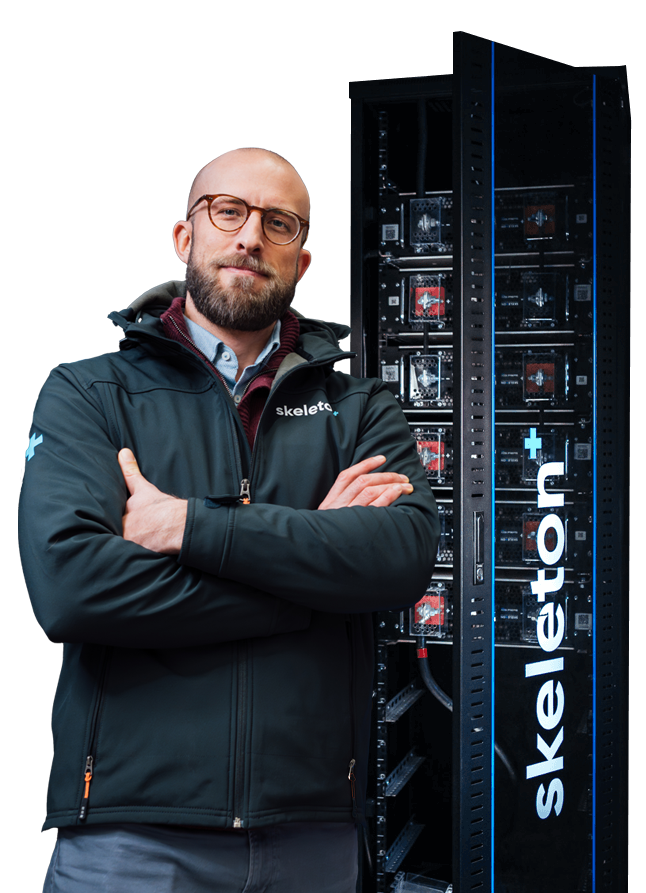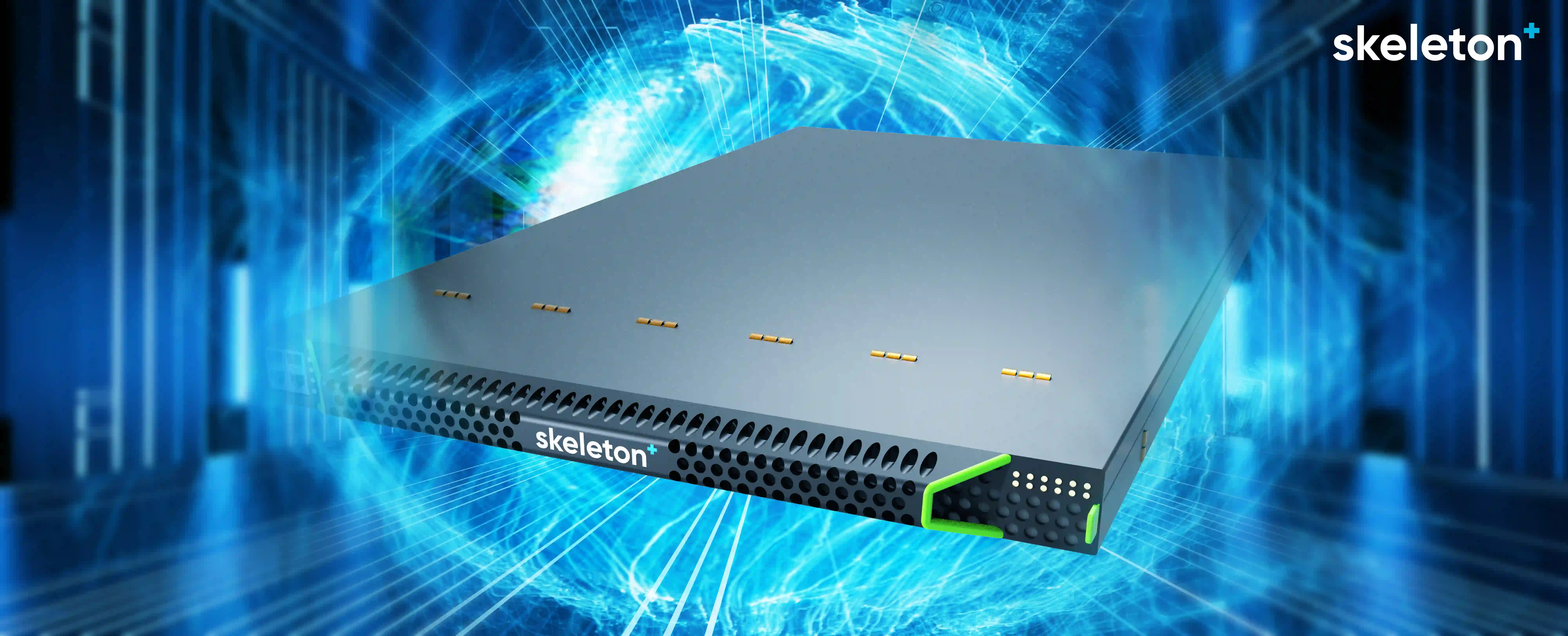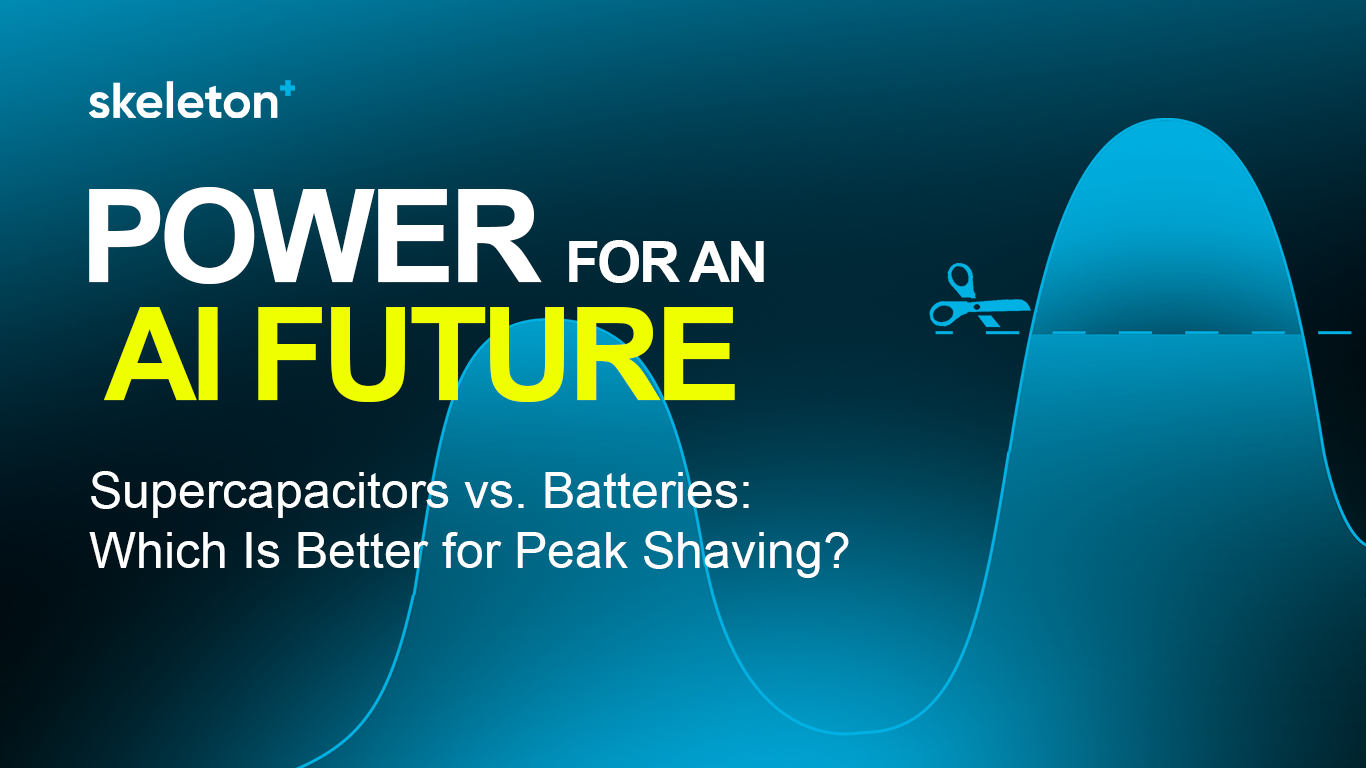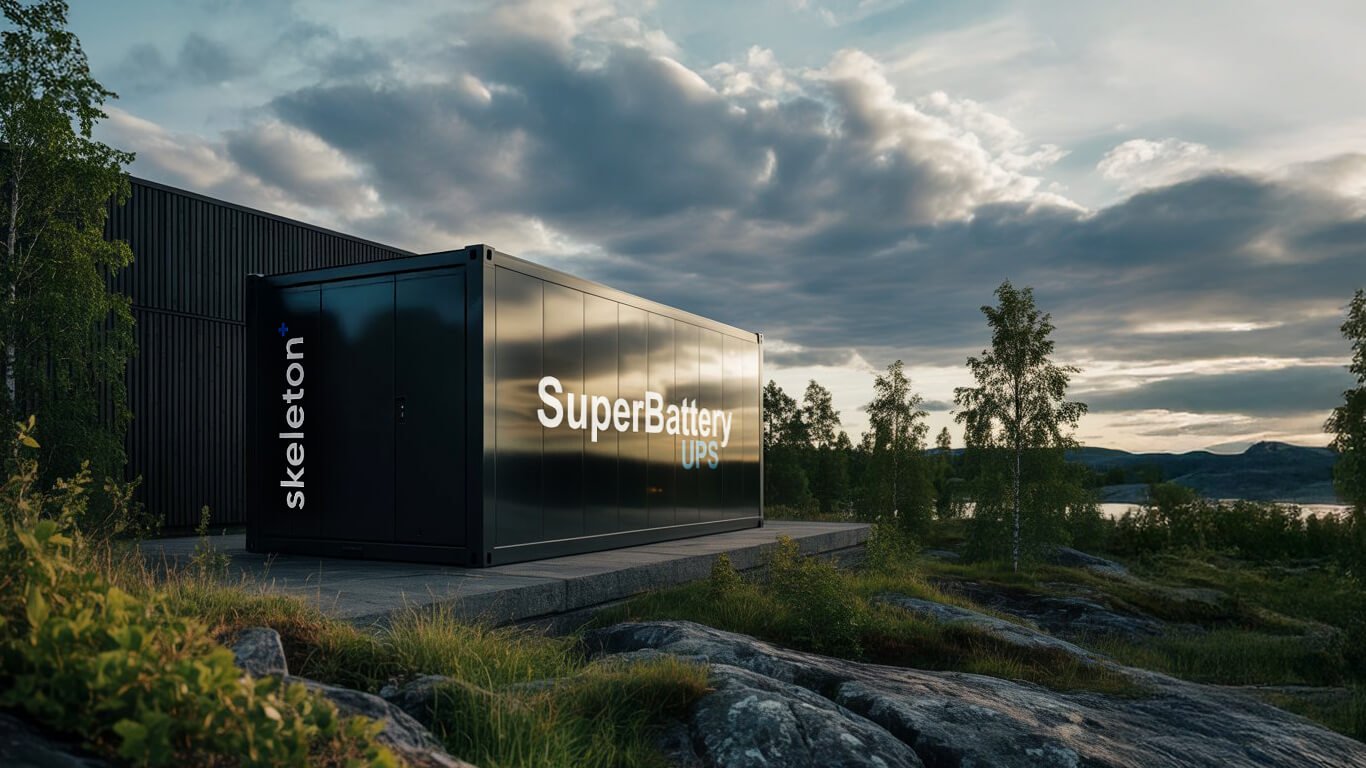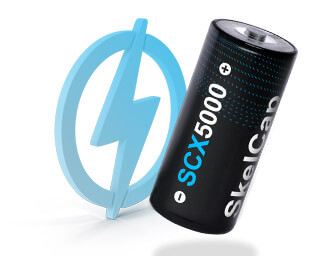
Buses on the Road to Cleaner Tomorrows?
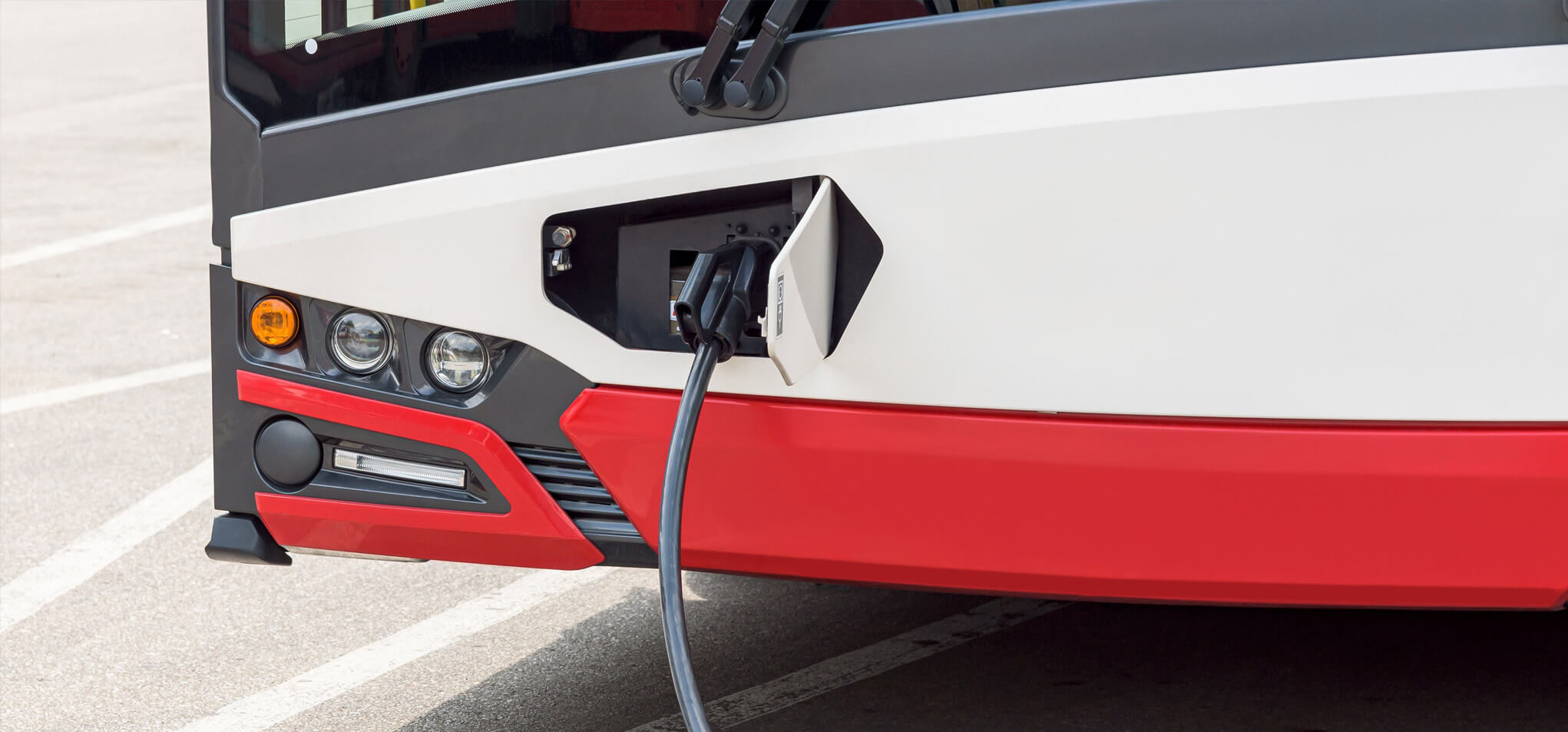
Buses came to existence in the early 19th century. Back then, the so-called horsebus was a large carriage drawn by 2 or 4 horses. Though a necessity for city and intercity traveling, it posed more challenges than one might expect. Not only had these "buses" a tendency to overturn but they also entailed a sanitation problem resulting in various health hazards and caused severe damage to the roads.
From there, after steam buses, trams and trolleybuses, motor buses appeared. As the ride with a motor bus was safer, quicker, and more convenient, it's no wonder that since the 2nd World War, the true workhorse of public transport has been the diesel (internal combustion engine) bus (DB). Unfortunately, diesel buses are not perfect either.
Diesel engines today are equipped with large turbos and their cabins have been fitted with electronic and pneumatic devices, leading to more maintenance requirements than ever before. Not to mention the air and noise pollution diesel buses contribute to.
In the constant drive for CO2 / NOx emissions reduction, bus manufacturing is steadily moving towards electric and hybrid solutions, with the goal of achieving zero-emission public transport. In fact, 12 major cities across the world agreed to procure only zero-emission buses from 2025. The new generation of buses could also help to reduce the noise levels in urban areas and improve the life quality and health of the citizens.
Full hybrid and full electric buses
One way to tackle the pollution problem of today's cities is to get rid of the diesel engine completely or to use it only if necessary.
Full hybrid buses (HDEB) use both the electric motor and the internal combustion engine to power the vehicle. Using the electric motor reduces emissions and decreases operation costs compared to a diesel bus, however, the savings are less significant than with an electric-only propulsion system.
Fully electric buses (EB) with only electric propulsion systems, need batteries so large that their seating capacity has to be reduced in order to fit them in. Charging batteries is also time-consuming and their limited lifetime increases maintenance costs. Even though the overall range of the electric bus is still lower than the diesel bus, it has increased significantly over the years.
Capabus - the future of urban transportation?
Another type of a fully electric bus that deserves a mention is the capabus. A capabus is powered with supercapacitors and has a small backup battery. The range is limited to about 5 kilometers. The advantage of using supercapacitor technology, in this case, is that not too many cells are required, also the efficiency is higher compared to a battery-based EB.
Supercapacitors have a much lower resistance than batteries - that combined with an operational capability of a minimum of 1.2 million kilometers or 200 000 working hours turns them into a very interesting energy-saving proposition. Absolutely zero maintenance is required for the supercapacitors during their lifetime, provided the cooling system is designed optimally.
But how can the short range be managed? The route itself must be designed to accommodate charging ports at certain stops. The charging port itself can be over or under the bus. As an important advantage, the bus can be fully recharged in seconds, as opposed to the battery-based EB, which has to charge overnight.
Thus, the Capabus enables considerable savings compared to all the other solutions, especially on the busiest routes. However, the route needs to be carefully assessed and tried out to ensure its trouble-free running.
So far, capabuses are in use in China and being trialed for example also in Finland, Germany, Sweden.
Micro & mild hybrid buses
Reaping the benefits of electrification does not necessarily mean giving up on the diesel engine.
Mild hybrid buses integrate systems that recuperate energy electrically and distribute it along the driven routes. This is achieved by incorporating a Kinetic Energy Recovery System (KERS) in the propulsion system. Generally, a battery or a bank of supercapacitors is fitted into the bus and a motor-generator unit is installed and connected mechanically to the prop shaft between the powerplant and the differential. Doing this allows the capture of kinetic energy upon slowing down or braking, and its storage in the supercapacitor bank or battery as potential energy.
During the acceleration phase, this potential energy is sent back to the motor which adds extra power to the propulsion system and enables good acceleration with significant diesel burn savings. It must be noted that most of today’s solutions use batteries that have a 5-year lifetime limit. In the near future, supercapacitors should be used in synergy with batteries, as their lifetime is sufficient to cover the lifetime of the bus (10 to 15 years).
